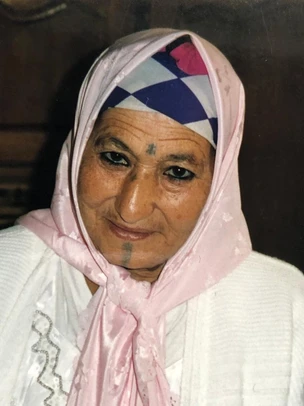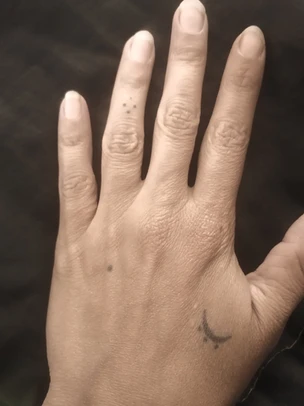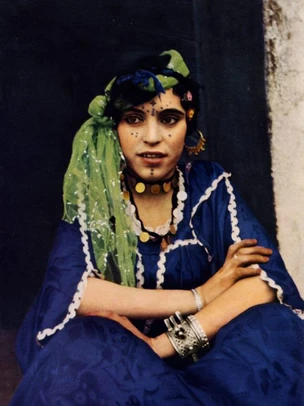
Since ancient times, Amazigh women in North Africa have had the custom of having their face and body tattooed. Perhaps your grandmother or great-grandmother is (was) tattooed herself? Have you ever come across old women tattooed with blue signs on their face, neck, hands or ankles? Let's discover Berber tattoos: their history, their symbolism and their meaning.
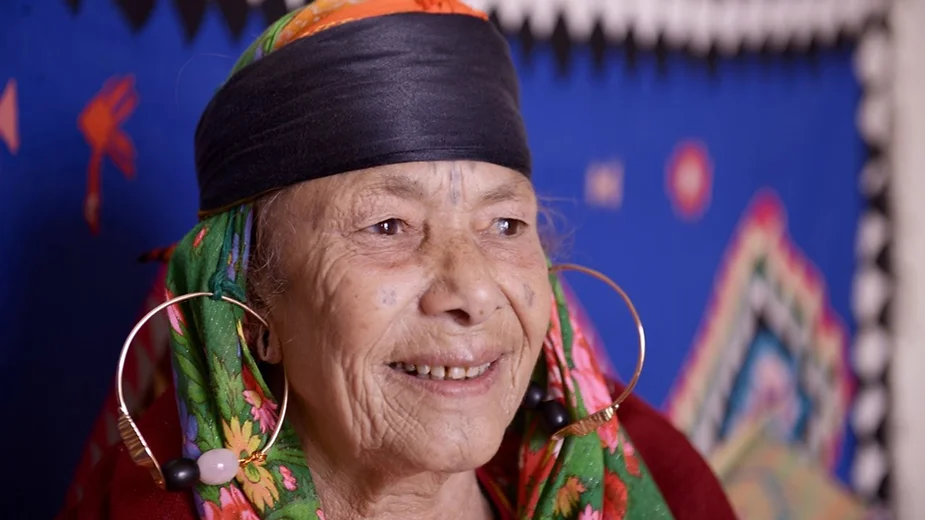
Berber tattoos: an ancestral rite of Berber culture
The tattoo, "ticṛaḍ" in Berber, is one of the oldest rites of Berber culture. It has persisted since Antiquity before beginning to disappear in the 20th century, in the 1940s. Within a generation, the tattoo ceased to be transmitted. Today, only some very old women from Berber villages continue to wear them. Understanding and analyzing the tattoos that adorn the face and body of Berber women is no easy task! It is of course possible to find certain writings around this tradition which has marked multiple generations, but the testimonies of women who wear these tattoos are becoming increasingly rare...
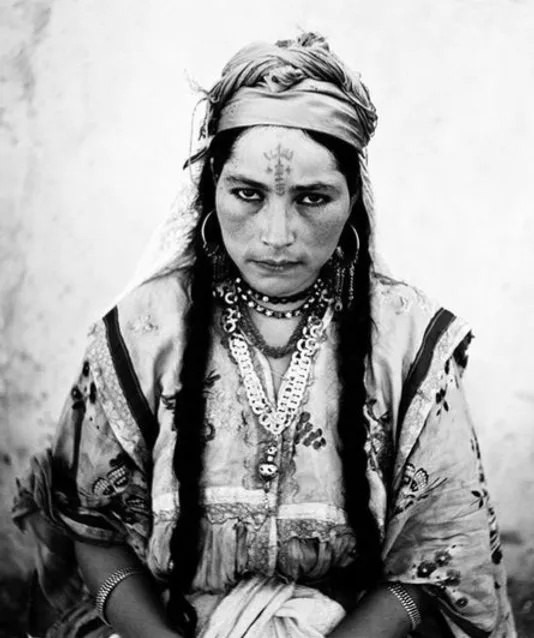
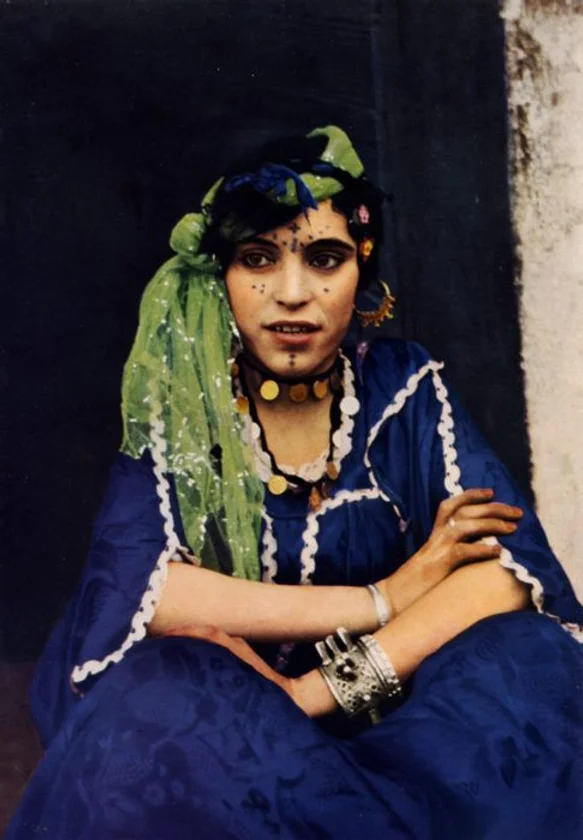 Beyond aesthetics, a means of self-expression
Beyond aesthetics, a means of self-expression
But where do these tattoos come from? Why did women tattoo their face and body? The first reason is purely aesthetic: while jewelry has always occupied a particularly important place, Berber women also had tattoos to embellish their bodies and faces in the style of jewelry. True sign of beauty, mothers and mothers-in-law encouraged young girls to tattoo themselves to differentiate their faces from those of men, to make them desirable and attractive. In the Tunisian Berber region, for example, tattoos were offered by men to their suitors as a dowry. Most often made near the wedding, tattoos also aimed to ward off bad luck and ward off the evil eye. In addition to the ornamental function of these tattoos, they were used to commemorate important episodes in life, to express a sentiment or to symbolize social status. If a woman became a widow, for example, she had her chin and neck tattooed, symbolizing the dead husband's beard. Moreover, tattoos continued to adorn the skin of women throughout their lives. Made for therapeutic purposes, many women used them to cure both psychological and physical ailments.
Much more than aesthetic, Berber tattoos are a means of expression, a sign of identity belonging but also a means of relieving the vagaries of life.
Patterns with geometric lines and rich symbolism
Diamonds, triangles, squares, stars, dots, crescent moons,... each of the motifs used to tattoo women means something. The whole thus conveys a story. While the meanings of many of these symbols have been reported, many are known only to those who wear them, making each of these women's bodies a secret garden. Generally speaking, Berber tattoos are easily distinguished, characterized by very thin geometric lines and dots. Their symbolism revolves mainly around values such as frankness, strength, prosperity, tenacity or energy but also around femininity, fertility, marriage, healing, home... For example, a line with three dotted lines on the mention means the line of life which is not static, but made of both ruptures and continuities.

